It’s June, 2017, and I am sweating it out at the Saint Mary’s University Athletic Centre during my first ever spin class. I feel unbalanced on the stationary bike I’ve chosen and wonder if it’s broken, or if it’s just me. I glance around the room to see if others feel the same way, to see if I’m doing it right. As I push my body over an imaginary incline, and as Journey’s “Don’t Stop Believing” plays in the background, I’m pulled out of my self-consciousness by a voice at the front of the room:
“The only thing more powerful than the revolutionary imaginary is revolutionary action. The world can be better. Can be socially just. Can have full. Employment. Can create dignity for all.”
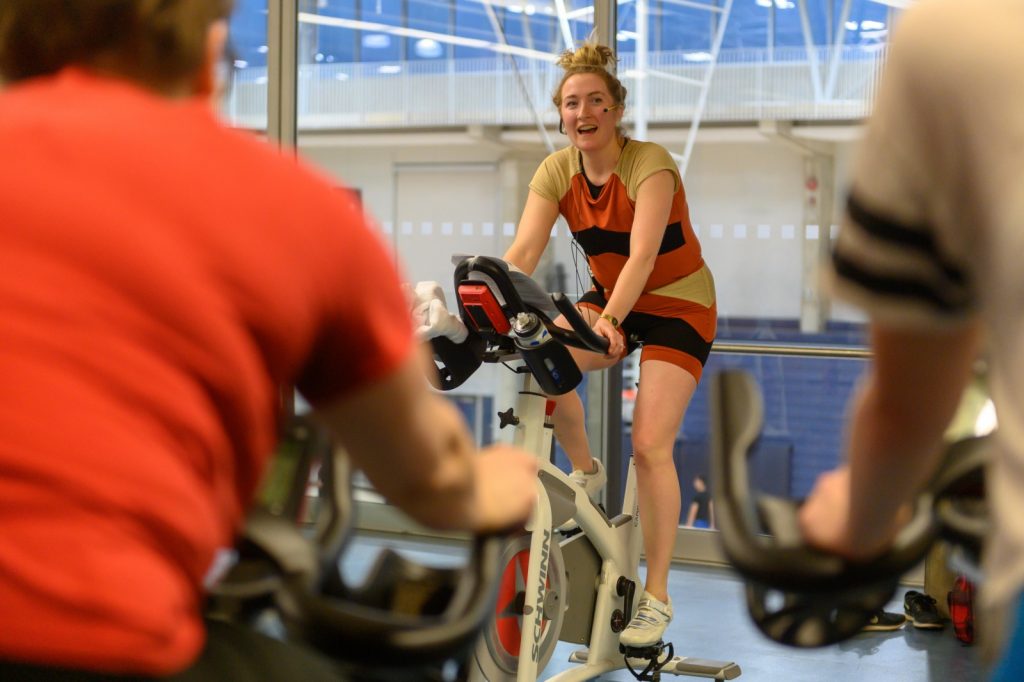
The voice belongs to Gillian Dykeman, a Fredericton-based artist, educator, cultural worker, and, in this instance, fitness instructor quasi anti-capitalist comrade. She’s cycling, instructing, and feeling the burn alongside the rest of us while wearing a handsewn red and cream-coloured uniform, inspired by the Constructivist workout attire of artist Varvara Stepanova. This spin class isn’t one of SMU’s regular fitness class offerings. Instead, it’s presented by Saint Mary’s University Art Gallery, as a performance called Revolution Revolution. It proposes group fitness classes as sites in which revolutionary energies can be generated, harnessed, and disseminated to collectively build radical futures. As the class cycles, creating and burning energy in turn, we are schooled on the exploitative conditions of precarious labour markets. We are prompted to think about how capitalism, colonialism, patriarchy, and white supremacy are self-perpetuating systems of oppression. As we ramp up our intensity, we build strength for protest. As we cool down, we send energy to the precariat.
By the end of the class, we’re primed for collective action. We leave with Dykeman’s questions still floating through our bodies: “What is the energy of revolution? How do we better engineer our energetic outputs to formulate collective ways of being out of a culture that glorifies individualism …to radically reimagine what it is we’re doing with our lives? Our life-force? Our love?”
Dykeman’s practice is built on intersections—intersecting disciplines and intersectional feminist politics. Through disciplines such as performance, sculpture, video, sound, installation, and art criticism, Dykeman considers the deep relationships and tensions between bodies, land, labour, capitalism, colonialism, and care. Her work approaches questions of relationality and responsibility (to each other, to the land, to ourselves) through an interplay of parody and sincerity.
Beyond, yet related to her artistic practice, Gillian is also a cultural worker and an educator. For several years, she was the Executive Director at ArtsLink NB, where she built community for artists and advocated for the arts at a provincial level. She currently works as an instructor at the New Brunswick College of Art and Design, where she teaches Foundation Visual Arts and Advanced Studio Practice. Most recently, she’s taken on a brand new role: motherhood. I speak to her for this piece in February 2020, about four weeks after she has given birth to her first child. She is generous with her time and after we talk about how she’s doing (“tired, grateful, my body is doing amazing things”), we discuss her practice.
Lately, she has been interested in forests. Dykeman is a cis white woman living on unceded Wolastoqey, Mi’kmaq and Peskotomuhkati territory. Since the early 1800s, the land she resides on has been used to fuel the forestry industry, which is the province’s largest economic sector. Her recent work considers the many angles through which forests have been exploited to further the cause of colonialism, both historically and presently. This past fall, during a residency called Directing Our Gaze, supported by Connexion ARC and the Beaverbrook Art Gallery, Dykeman mined the Beaverbrook’s permanent collection to research the historical relationship between watercolour paintings and colonization.
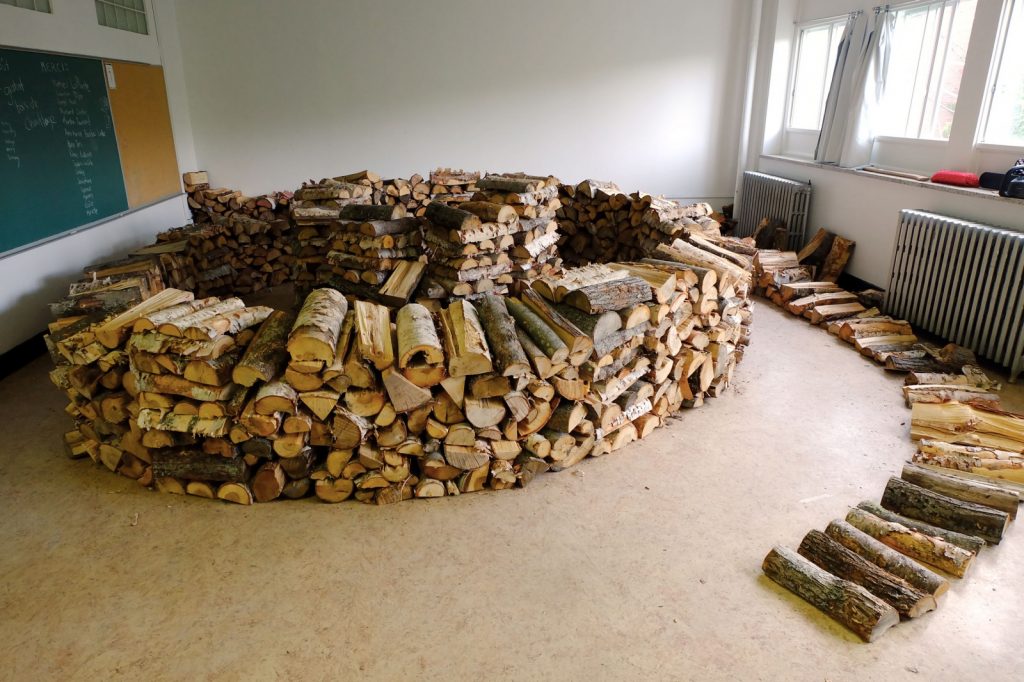
Several months earlier, she created Appetite for the Symposium international d’art contemporaries de Baie-Saint-Paul. Appetite is a durational performance and a large-scale installation of stacked chopped wood arranged in a spiral formation. The piece was born out of Dykeman’s personal fascination with the activity of chopping wood—a traditionally masculine coded task—and her interest in sustainable resource sharing. Lately, she has turned to small woodlot operations as a potential socially and environmentally sustainable alternative to harmful extraction technologies.
Appetite initiates a dialogue with the legacy of land art and explicitly with Robert Smithson’s Spiral Jetty. But when I think about the way Dykeman engages with land, I am reminded of how Nancy Holt meticulously documented the construction of her piece Sun Tunnels (a piece that Dykeman engaged with directly in her 2016 video/installation work Dispatches from a Feminist Utopia). Holt filmed the construction of Sun Tunnels, taking care to observe, honour, and care for the labour and the labourers that were working on her behalf—something her male contemporaries had never done, instead preferring to maintain the illusion that the art appeared on the land as if by nature itself, and not by human hands. Both Dykeman and Holt attempt to understand how any intervention leaves a mark on the land, and they each acknowledge the labour of making that mark. Through Appetite, Dykeman explores how environmental resources and human resources are explicitly linked—and how the exploitation of one leads to the weakness of both.
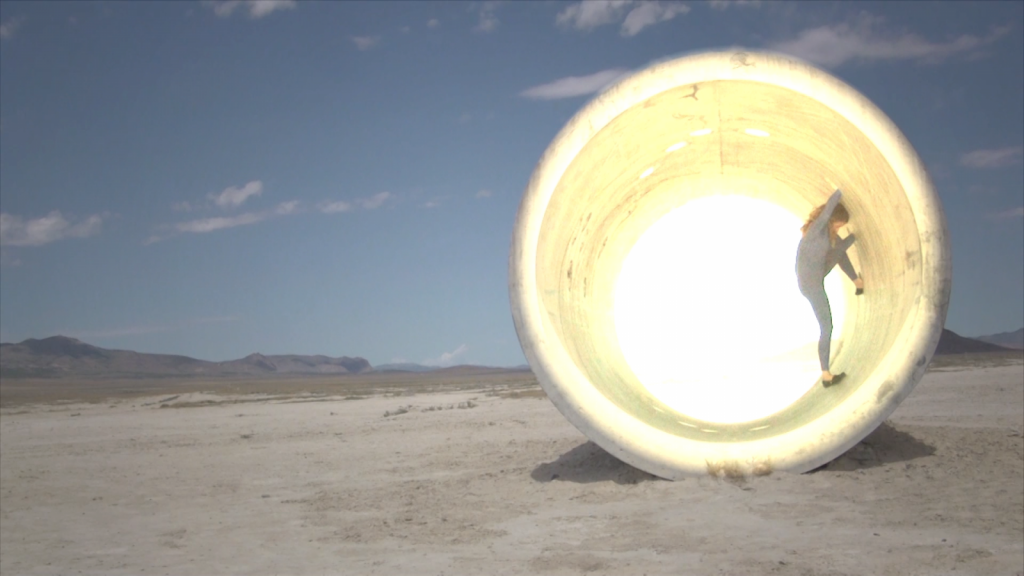
“I see the way land is exploited under capitalism as akin to the way bodies are exploited under the [hetero]patriarchy,” says Dykeman. She explains how through colonization and under capitalism, land is commodified into parcels—often literally demarcated by arbitrary borders and property lines— in the same way that bodies and labour are commodified and compartmentalized under capitalist patriarchy.
“Bodies and land are, in this way, natural allies, and it makes sense to care for them both in similar ways,” she says. “Looking after the environment should entail being mindful to the land as a living being.”
My first introduction to Dykeman’s work was in Sackville, New Brunswick, in 2011. She was participating in a residency at Struts Gallery & Faucet Media Arts Center. When I entered the gallery, I saw a wall lined with handwritten letters. The piece was called Collaboration with 521 Friends. For one month, Dykeman wrote letters to each one of her facebook friends, posted them on the wall, and later mailed them out. Some of my friends now still have those letters.
Dykeman’s work is in constant dialogue with others: sometimes with theorists, sometimes with history, often with other artists, with social movement, with land, with friends. Her work shows that she is an active listener, that she wants to hear and learn from those her work initiates dialogue with, and that she is a student of her own work. Several of her projects explore these ideas explicitly, including her Artslant Podcast Working (it) Out, in which she interviewed a series of artists about one unifying question: Does art need an audience?
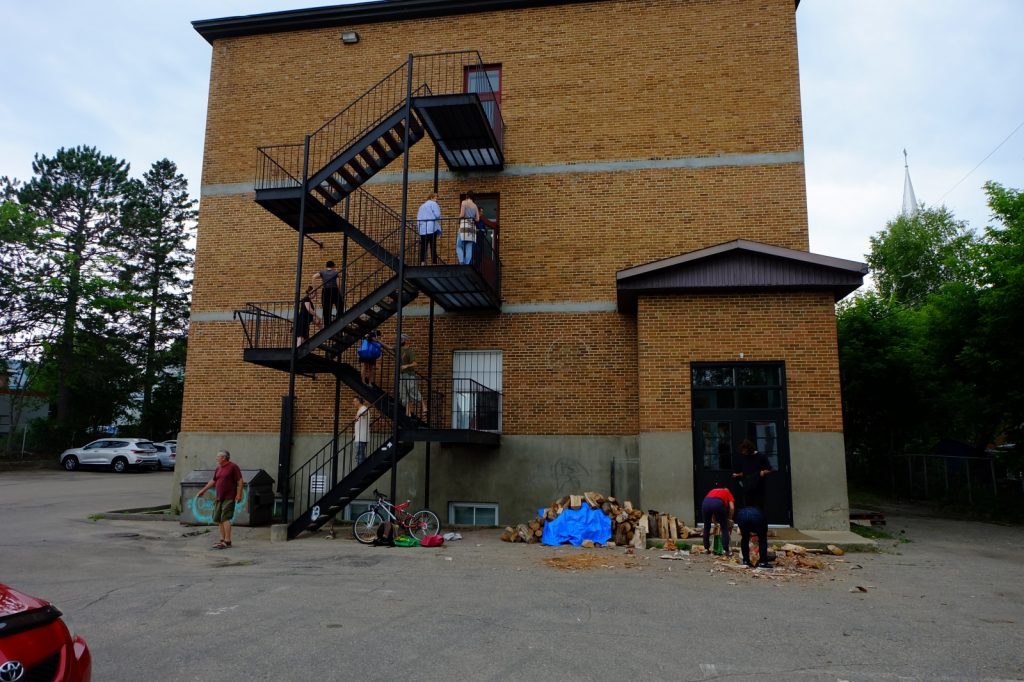
Affective labour is a recurrent methodology in Dykeman’s approach to her art. And friendships, genuine ones, seem to function as praxis. Her work invites collaboration and participation, often literally. As we talk about performance and the use of physicality in her work, she tells me that she often just wants “to be in the work.” She tells me that in many of her projects she wants “to create a sense of hosting, so that other people can be in it too. So that they can ask ‘What if?’ And propose alternatives.” Friendship and collaborations can lead to utopian futures, to radical imagining and collective world building. Creating containers for those interactions can be what Dykeman refers to as “utopian gestures.” Involving others in her work allows Dykeman to learn how people experience her art and, more broadly, how they experience the world. “I became an artist as a way to find agency,” she says. Her art is a way to extend that agency to others.

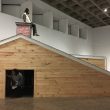
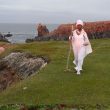













Leave a Reply